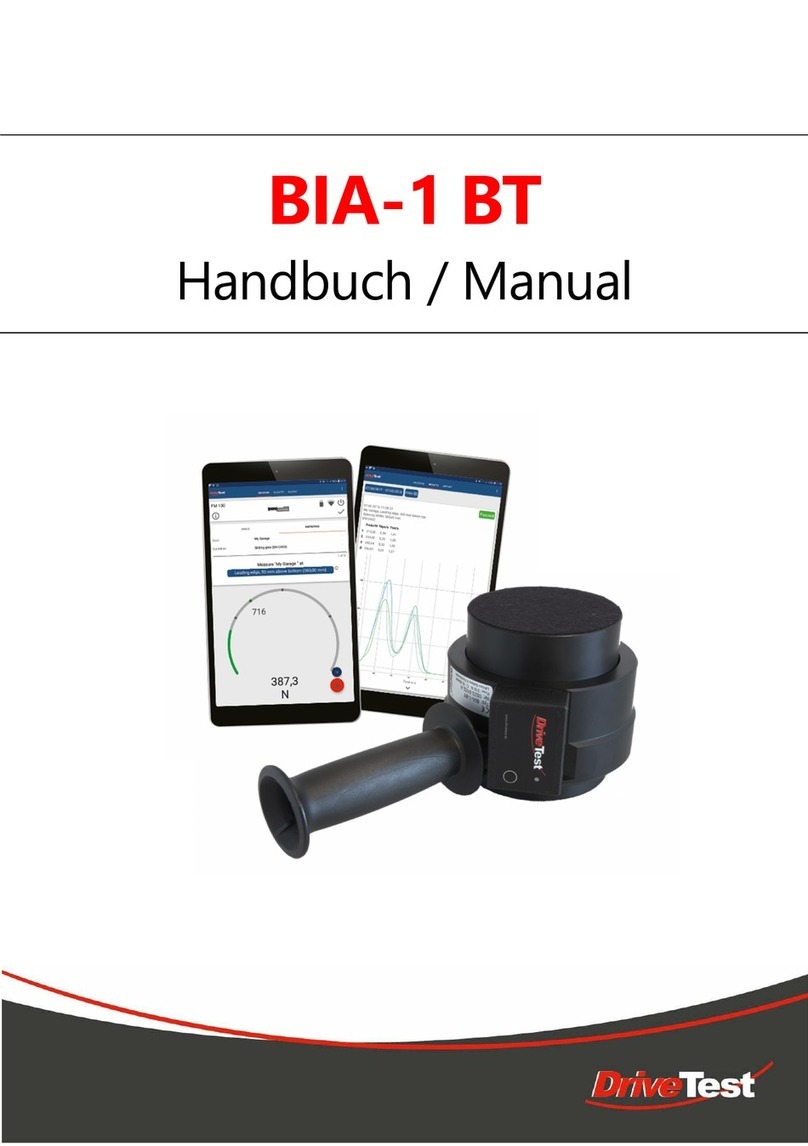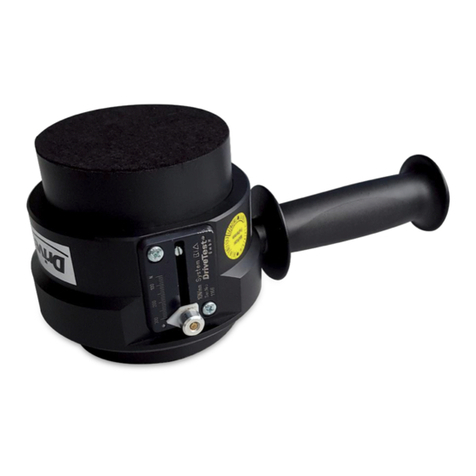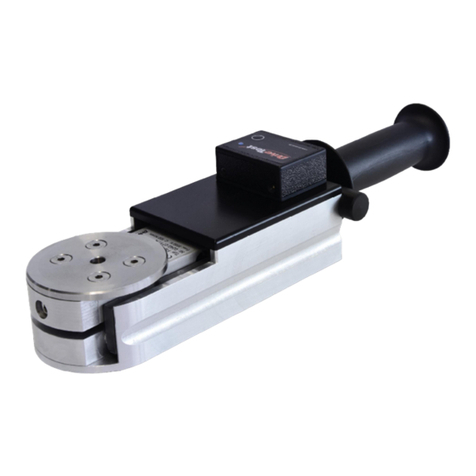
Drive Test GmbH Munich Manual System FM200 Page 3 of 35
Version 5.8 Archive: 0280 Manual V5_8 FM200
5.1.5 Uninstalling...............................................................................................14
5.2 END USER LICENSE AGREEMENT........................................................15
5.3 GENERAL OPERATING STANDARD......................................................16
5.4 MAIN MENUE...........................................................................................16
5.5 MEASURE DATA .....................................................................................17
5.5.1 File name..................................................................................................17
5.5.2 Location of files.........................................................................................17
5.5.3 Properties.................................................................................................17
5.5.4 Details ......................................................................................................18
5.5.5 Data Administration ..................................................................................18
5.5.6 Single/Triple Measurement.......................................................................19
5.5.7 Export.......................................................................................................19
5.5.8 Print..........................................................................................................19
5.6 SETTINGS................................................................................................20
5.6.1 Extra/Options............................................................................................20
5.6.2 Extras/Settings .........................................................................................21
5.6.3 Sensor/Configuration................................................................................21
5.6.4 Operating Bars .........................................................................................22
5.7 MEASURING............................................................................................23
5.7.1 Normal operation......................................................................................23
5.7.2 Controlled by PinchPilot............................................................................23
5.8 SOFTWARE MAINTENANCE...................................................................24
5.9 SOFTWARE PLUG-INS............................................................................24
5.9.1 Q-DAS......................................................................................................24
5.9.2 Label.........................................................................................................24
6MEASURING............................................................................................25
6.1 PREPARATION........................................................................................25
6.2 NOTE MEASUREMENT...........................................................................25
6.3 TURN ON DISPLAY UNIT, SET LIMIT.....................................................25
6.4 PUT SENSOR IN MEASURING POSITION..............................................26
6.5 MEASURING............................................................................................27
7EVALUATION ..........................................................................................27
7.1 LOAD MEASURE DATA FROM DISPLAY UNIT (UPLOAD).....................27
7.2 ENTER MEASUREMENT PROPERTIES.................................................27
7.3 PRINT MEASUREMENT PROTOCOL .....................................................27
8MEASUREMENT SEQUENCE.................................................................28
8.1 TEMPLATES............................................................................................29
8.2 DETAILS TO WORK WITH SEQUENCES................................................29
8.3 OPTIONS .................................................................................................30
8.3.1 Wrong guideline, wrong limit.....................................................................30
8.3.2 Unsaved changes.....................................................................................30

































